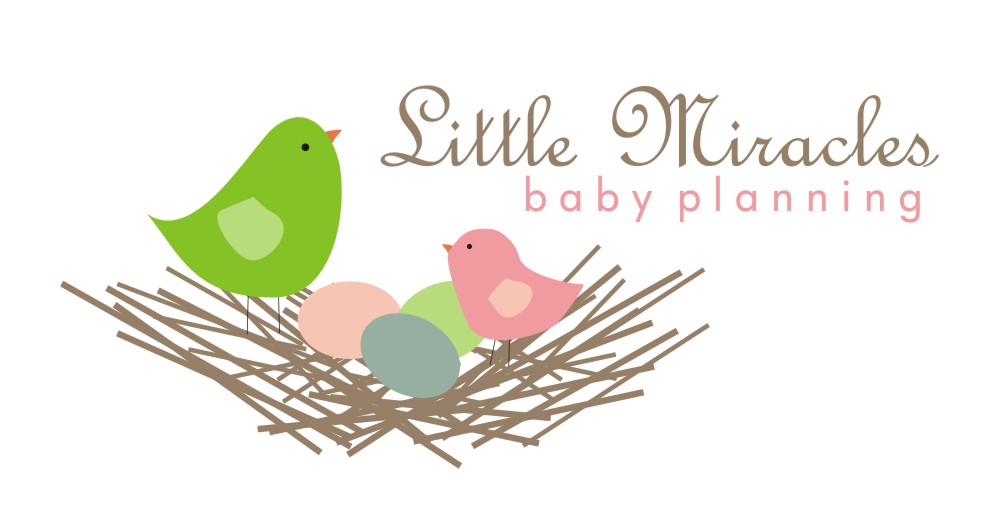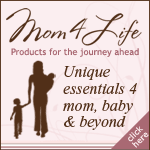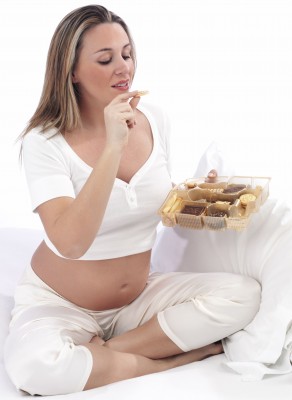Feeding your baby breast milk does more good than you might think. Here are 18 (mostly) surprising benefits:

You've likey heard that
breastfeeding can confer some pretty impressive benefits to your baby—reduced ear infections and asthma, maybe even a bump in IQ among them. Turns out there are even more perks for your little one, not to mention for you, society and even Mother Earth.
1. Fewer infections “The incidence of pneumonia, colds and viruses is reduced among breastfed babies,” says infant- nutrition expert Ruth A. Lawrence, M.D., a professor of pediatrics and OB-GYN at the University of Rochester School of Medicine and Dentistry in Rochester, N.Y., and the author of
Breastfeeding: A Guide for the Medical Profession (Elsevier-Mosby). Gastrointestinal infections like diarrhea—which can be devastating, especially in developing countries—are also less common.
2. Reduced risk of chronic illnesses Breastfeed your baby and you reduce his risk of developing chronic conditions, such as type I diabetes, celiac disease and Crohn’s disease (inflammation of the digestive tract).
3. Less chance of SIDS Breastfeeding lowers your baby’s risk of sudden infant death syndrome by about half.
4. A leaner baby—and a leaner mom It’s more likely that neither of you will become obese if you breastfeed.
5. Faster recovery from pregnancy and childbirth The oxytocin secreted when your baby nurses helps your uterus contract, reducing post-delivery blood loss. Plus, breastfeeding will help your uterus return to its normal size more quickly—at about six weeks postpartum, compared with 10 weeks if you don’t breastfeed.
6. Lower risk of some cancers Breastfeeding can decrease your baby’s risk of some childhood cancers. And you’ll have a lower risk of premenopausal breast cancer and ovarian cancer, an often deadly disease that’s on the rise. You may also reduce your risk of postmenopausal osteoporosis.
7. Confidence boost “There’s nothing more empowering as a new mother than seeing your baby grow and thrive on your breast milk alone,” Lawrence says.
8. Bigger calorie burn You may have heard that breastfeeding burns an extra 400 to 500 calories a day. And that’s almost right. “Breastfeeding doesn’t burn calories, but it does use them,” Lawrence explains. “Breast milk contains 20 calories per ounce, so if you feed your baby 20 ounces a day, that’s 400 calories you’ve swept right out of your body.”
9. A green machine Dairy cows, which are raised in part to make infant formula, are a significant contributor to global warming: Their belching, manure and flatulence (really!) spew enormous amounts of methane, a harmful greenhouse gas, into the atmosphere. “Plus, most formula companies don’t purchase milk from American farmers, so they’re not even helping our economy,” Lawrence says.
10. A customized food supply Whereas formula isn’t able to change its constitution, your breast milk morphs to meet your baby’s changing needs. Colostrum—the “premilk” that comes in a day or two after you deliver—is chockfull of antibodies to protect your newborn baby. “It’s also higher in protein and lower in sugar [than ‘full’ milk], so even a small amount can hold off your baby’s hunger,” says Heather Kelly, an international board-certified lactation consultant in New York City and a member of the
Bravado Breastfeeding Information Council’s advisory board. When your full milk comes in (usually three to four days after delivery), it is higher in both sugar and volume than colostrum—again, just what your baby requires. “He needs a lot of calories and needs to eat frequently to fuel his rapid growth,” Kelly explains. “Your mature milk is designed to be digested quickly so he’ll eat often.”
11. More vaccination protection Research shows that breastfed babies have a better antibody response to vaccines than formula-fed babies.
12. Fewer sick days Since your baby will be ill less often, that means less missed work for you.
13. A vacation from your period Breastfeeding your baby around the clock—no bottles or formula—will delay ovulation, which means delayed menstruation. “Breastfeeding causes the release of prolactin, which keeps estrogen and progesterone at bay so ovulation isn’t triggered,” Kelly explains. “When your prolactin levels drop, those two hormones can kick back in, which means ovulation—and, hence, menstruation—occurs.”
Even if you do breastfeed exclusively, your prolactin levels will eventually drop over the course of several months. Many moms who nurse exclusively get their first period somewhere between six and eight months after having a baby, Kelly adds; others don’t for a full year. Another benefit in the green category: Fewer periods mean fewer sanitary products in landfills.
14. Free birth control Breastfeeding can be 98 to 99 percent effective as birth control if a few general guidelines are followed: Your period must not have resumed; you must breastfeed at least every four hours around the clock; you must not give your baby any pacifiers, bottles or formula (doing so may cause him to nurse less); and you must be less than six months postpartum.
According to Kelly, nighttime feedings are the most important to the “lactation amenorrhea method,” so do not let your baby (or yourself) sleep through a feeding. “Going long stretches at night without nursing seems to be directly responsible for the return of ovulation,” she says. In the same way, prematurely sleep training your baby can hasten ovulation—which means, of course, that you can get pregnant.
15. Faster familiarity “You have to read your baby’s ‘satiety cues’ a little better, because unlike with a bottle, you can’t see how much he’s eaten,” Kelly says. “You have to rely on your
own instincts and your baby’s behavior to know when your baby is full.”
16. Budget boost According to La Leche League International, the cost of formula can range anywhere from $134 to $491 per month. That’s $1,608 to $5,892 in one year!
17. Just so easy Simply pull up your shirt and latch your baby on. No mixing or heating of formula necessary—breast milk is always available and always at the right temperature. And it’s in a pretty nice container to boot!
18. Perks for society According to a recent study published in the journal Pediatrics, the United States would save about $13 billion per year in medical costs if 90 percent of U.S. families breastfed their newborns for at least six months. Even more important, because of breastfeeding’s health benefits, as many as 911 infant deaths would be prevented.
Start smart For everything you need to know to make nursing work—from getting the right latch to where to turn if you need help—visit
fitpregnancy.com/breastfeeding.






.png)




































